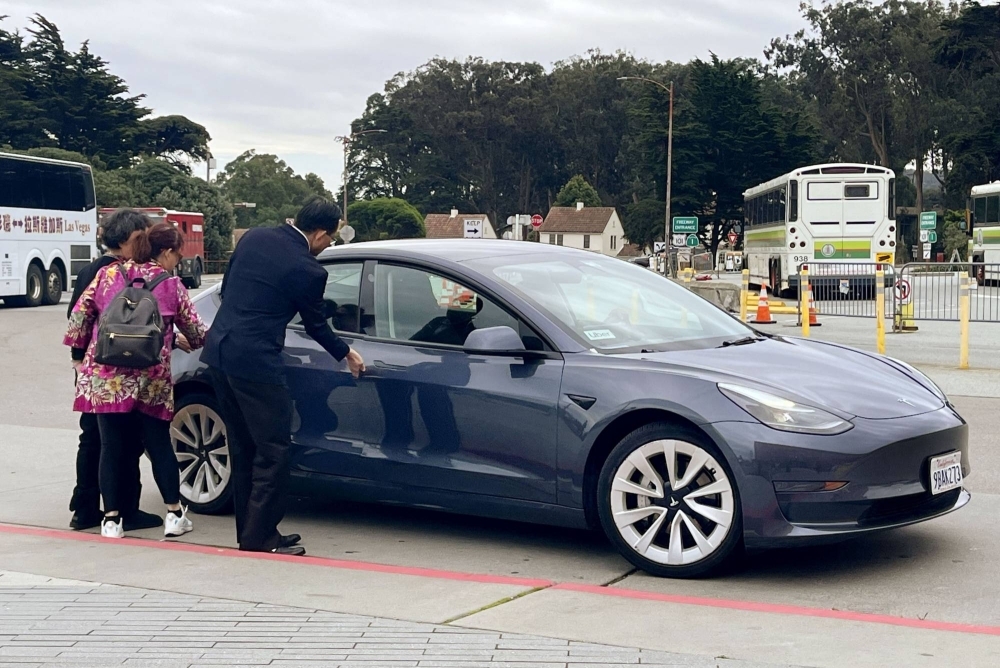The government on Thursday finalized a plan to allow drivers with a standard license to offer taxi services using their own vehicle in an effort to address a nationwide shortage of taxi drivers.
Under the eased measures, individuals without a license to provide driver services will be able to do so as long as they undergo prior training and are directly employed by taxi companies, according to people familiar with the matter. The individuals, however, will not be permitted to drive a conventional taxi.
The shortage of drivers in Japan has been exacerbated by a recovery in economic activity and increased inbound tourism following the easing of the coronavirus pandemic.
But with many Japanese companies prohibiting side jobs, it remains to be seen whether the regulatory changes will be effective in increasing the number of drivers.
Even with the changes, the number of private vehicles taxi companies can use for services cannot exceed the number of conventional taxis they possess.
The fare will also be in accordance with the approved rate set by authorities, with dynamic pricing commonly seen in ride-hailing services like Uber, which connects private car owners with individuals seeking transportation, not to be applicable in this instance.
Details, including when the changes will come into effect, will be hashed out following discussions at a government council for regulatory reform next Tuesday.
Meanwhile, the government has postponed making a decision on whether to lift a ban on ride-hailing services. Debate will continue with the aim of formulating a plan around June next year.
Former Prime Minister Yoshihide Suga and Digital Minister Taro Kono are among those who have advocated lifting the ban on ride-hailing.




